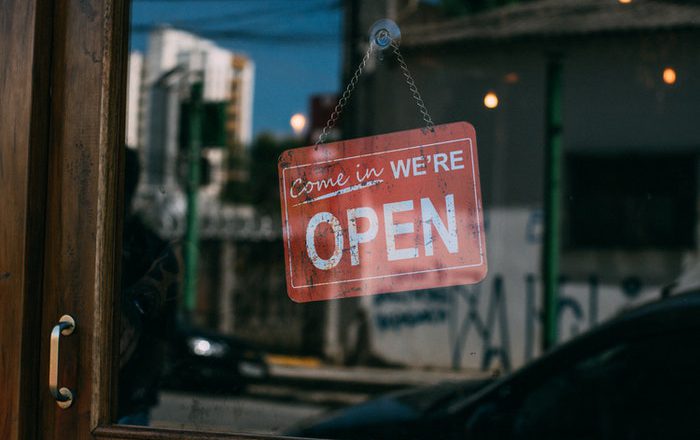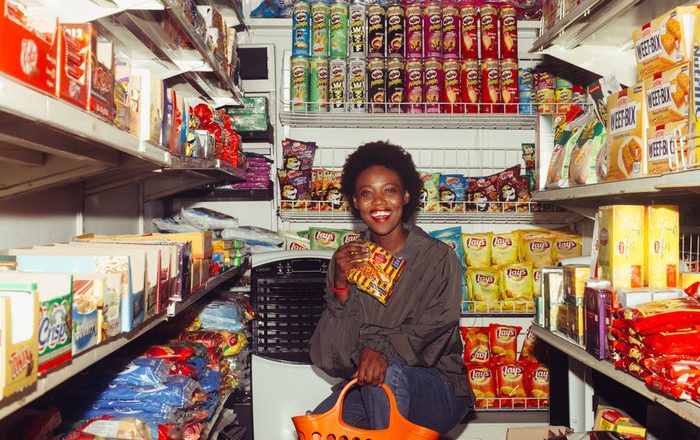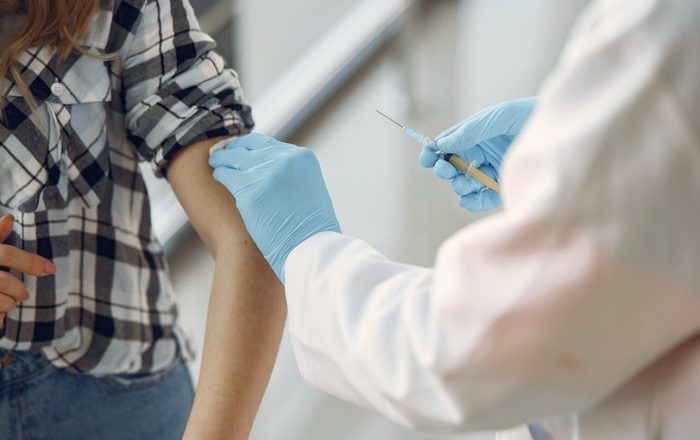A Big Problem For Equitable COVID-19 Vaccination – The Cold Supply Chain Can’t Reach Everywhere
To mitigate health inequities and promote social justice, coronavirus vaccines need to get to underserved populations and hard-to-reach communities.
There are few places in the U.S. that are unreachable by road, but other factors – many rural hospitals can’t afford ultralow-temperature freezers or might not have reliable electricity, for example – present challenges. However, with government will and resources, these could be overcome.
That is not true for much of the rest of the world.
One of us, Tim Ford, is a global health researcher who has done a lot of international work on water and health where the cold supply chain cannot go, most recently in rural Haiti. The other, Charles Schweik, studies how the spread of innovations – both digital and physical – can solve pressing societal ...




